Emerging in the Middle Ages in monarchic circles, chivalric orders gradually morphed into fraternities and social circles, predominantly in Christian societies. These knightly orders were a privilege often reserved for the wealthy, the influential, and the aristocratic, and were thus “the place to be.” Meanwhile, Pierre Plantard was a simple French man who simply wanted to feel the magnificence of a fraternal, knightly organization. To do so, he created his own order in 1956 known as the Priory of Sion. Plantard created an elaborate hoax to go with it, successfully fooling the members of the public and creating one of the biggest literary hoaxes in the history of France. The Priory of Sion was a complex con, which managed to confound many influential minds. How did Plantard do it? Let’s find out!
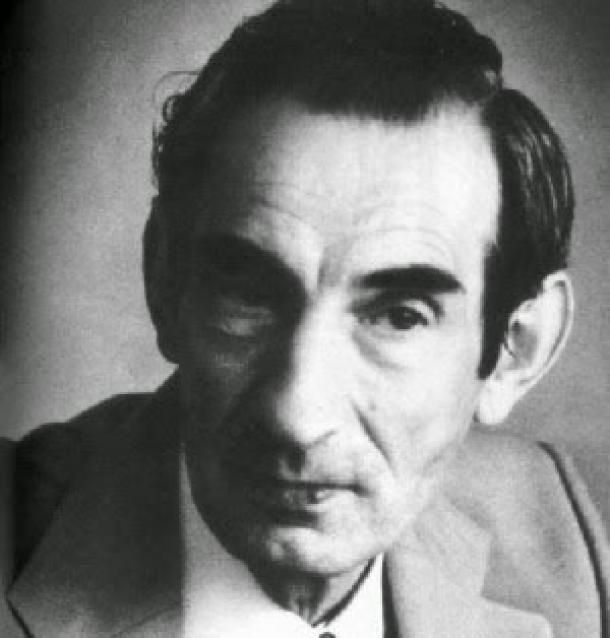
Pierre Plantard created a string of associations throughout his life, including the Priory of Sion. ( Sendero Revolucionario )
Pierre Plantard and the Birth of the Priory of Sion Hoax
Pierre Plantard was certainly a unique character. Born in 1920 in Paris, he was a son of a butler and a concierge. From his early youth however, Plantard was always in odd niches of society. He left school at age 17, and soon after he became a sacristan – an officer in charge of the sacristy – at a local Parisian church of Sain-Louis d’Antin.
Even though he was just 17, Pierre Plantard had begun his long “career” of forming odd associations. The first one he formed was a mystical and quite ultranationalist association, called the French Union, in 1937. This was followed by the formation of the French National Renewal in 1941, a direct attempt to support the turbulent nationalistic tendencies in the emerging Second World War . Plantard was openly anti-Semitic and anti-Masonic, and his societies were form as a support for the so-called National Revolution which he envisioned.
He wanted to take it even further however, and in 1942 attempted to form yet another association. This one he called the Alpha Galates, his first thoroughly developed idea, and the basis for the future Priory of Sion. The Alpha Galates were a “tripartite” order, with three branches and a periodical. The periodical of Alpha Galates was called Vaincre – Pour une jeune chevalerie (which translates into “Conquer – for a young knighthood”), and published six issues. However, this all came to an end very soon after when the German authorities arrested him. Plantard was sentenced to four months in prison.
The next time we hear of Pierre Plantard is in 1953, when he was given a six month prison sentence, this time for fraud or breach of trust, apparently because he was caught selling esoteric order degrees for ridiculous sums of money. Nevertheless, he continued his unorthodox endeavors and soon after the Priory of Sion emerged. The law required that an association had to be lawfully registered, and thus Plantard officially created the Priory of Sion on June 25th 1956. The association was headquartered in Plantard’s own apartment, in a social housing block in the town of Annemasse in eastern France, in the region of Haute-Savoie.
Pierre took inspiration from a hill south of that town, a local feature named Mont Sion . It was here that Plantard wished to create a spiritual resort of his new fraternity. The Priory of Sion also had its very own journal, which was named CIRCUIT. This is an acronym from its official title: ” Chevalerie d’Institutions et Règles Catholiques d’Union Indépendante et Traditionaliste ” (Chivalry of Catholic Rules and Institutions of Independent and Traditionalist Union). One of the several statutes of the Priory of Sion association required that its members ought to “carry out good deeds, to help the Roman Catholic Church, teach the truth, defend the weak and the oppressed.”
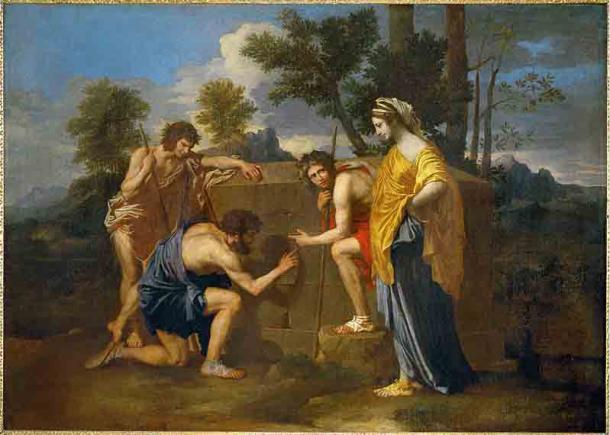
Placard coopted the phrase “Et in Arcadia Ego” which appears in the 1630s painting Archadian Shepherds for the Priory of Sion. ( Public domain )
A Penchant for Con Artistry
Pierre Plantard created an elaborate new plan for his Priory of Sion association, planning to turn it into an esoteric Christian chivalric order. Members of this order were to be influential people, from the fields of religion, philosophy, scholarly arts, and finance. The goal of the Priory was the installing of the so-called Great Monarch to the throne of France. The Great Monarch was one of the several prophecies made by Nostradamus, who claimed that the anagram of this person’s name was Chyren Selin. It was for this reason that Pierre Plantard adopted the name Chyren as his pseudonym within the circles of the Priory of Sion.
He then meticulously created a false background for his organization. In it, it was claimed that it was a front, or simply put an “offshoot”, of an actual medieval Catholic knightly order, the so-called monastic order of the Abbey of Our Lady of Mount Zion , which was formed by a prominent crusader knight Godfrey de Bouillon in 1099 in the Kingdom of Jerusalem. It is supposed that Plantard got the idea from the local Mont Sion, which spurred the idea of the actual Mount Zion close to Jerusalem.
Gradually, Pierre Plantard took his hoax to even greater, and much sillier, lengths. Next up was his own faked lineagearound 1960. He claimed – through creating a variety of “Priory of Sion documents” – that he descended from one of the more obscure Merovingian Frankish Kings, Dagobert II, placing his lineage as far back as the 7th century AD. Although born to regular citizens, a butler and a concierge, Plantard created for his family of supposed “ancient” lineage a noble motto – Et in Arcadia Ego – which he also applied as the motto of the Priory.
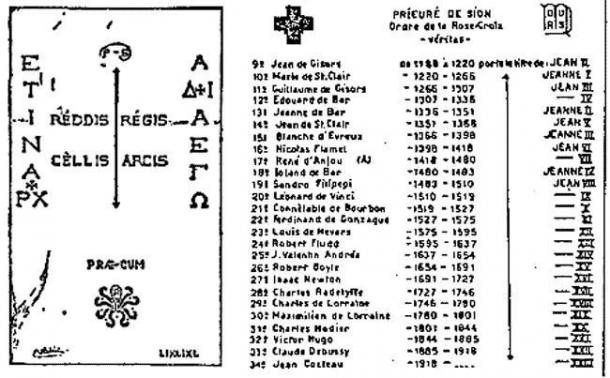
The Priory of Sion claimed a long line of Grand Masters since its creation in 1066, including Victor Hugo, Isaac Newton, Leonardo da Vinci and more, based on a document known as the Secret Files of Henri Lobineau. This is considered to be a forgery created and planted in the National Library of France by Pierre Plantard and Philippe de Chérsey. ( Los Artículos de KAOS QUÁNTICO )
Through his supposed lineage, Plantard claimed that he was the Great Monarch envisioned by Nostradamus, a descendant of the so-called “lost King” Dagobert. In hopes of making these preposterous claims credible in any way whatsoever, Pierre and his associates created several elaborate false documents. One of these was a supposed “lineage of Merovingian Kings” that linked Plantard to Dagobert II, a document which they illegally planted within the archives of the French National Library in Paris. They also created fake medieval parchments to further these claims. These false documents were placed in several locations in France.
From this point on, the hoax got out of hand. It gained popularity, a following, and was believed by many. This was helped by the book, written by Gérard de Sède at the behest of Plantard. Titled L’or de Rennes, ou La vie insolite de Bérenger Saunière, curé de Rennes-le-Château (translating as “The Gold of Rennes, or The Strange Life of Bérenger Saunière, Priest of Rennes-le-Château“) it was published first in 1967, and then as a paperback in 1968, and became a surprisingly popular read in France.
Numerous Latin texts within it, which served as proof of the ancient origins of the Priory of Sion, were actually mismatched and taken from various random sources of varying ages, which were later spotted as errors by expert researchers. The book attracted the attention of Henry Lincoln, a script writer and researcher from England. Lincoln became very intrigued by the story that Plantard had invented, so much so that he went on to write his own books on the subject of Dagobert, and the Priory of Sion. His works were then expanded and the entire theory became a subject of three documentaries that aired on BBC between 1972 and 1979. They were a success amongst the viewer base, and from here on the hoax started getting truly out of hand.
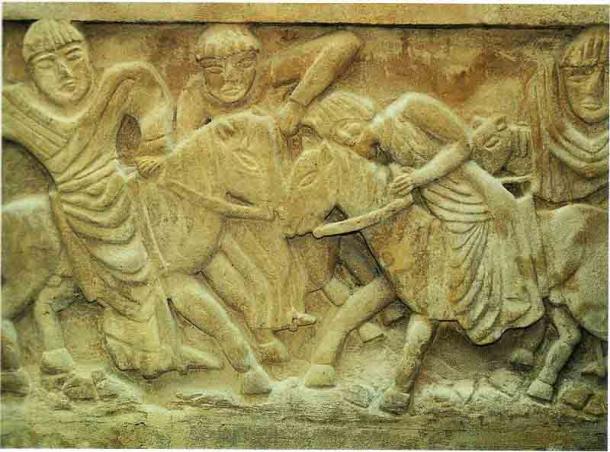
Plantard claimed that he was the Great Monarch, a descendant of the so-called “lost King” Dagobert, seen here in a carving depicting his murder. ( Public domain )
A Desire for Attention, or Something More Serious?
Lincoln was actually fully unaware that the entire documentation that lay behind the Priory of Sion, the history, the facts and the myths, were 100% faked. Taking a deep interest, Lincoln and his associates researched and expanded the Priory of Sion story, which resulted in their 1982 book, The Holy Blood and the Holy Grail. Much of their work was based on the “secret” – but forged – documents that were found in the National Library of Paris, and planted there years before by Plantard.
These documents presented a variety of historical facts, entirely invented, which Lincoln used as credible facts. Some of the things Pierre Plantard wrote were right out bizzare. For example, he claimed that the Priory of Sion had had a variety of Grand Masters at its head since its creation in 1066. Some of them being Isaac Newton , Leonardo da Vinci , Sandro Botticelli, Victor Hugo, and many other important historical figures.
By the late 80’s however, evidence of a hoax began to emerge. Plantard’s history as a con artist, and his prison sentences, all came to light, as did the letters between him and his associates, which all showed clear steps of the hoax’s development. French researcher, Jean-Luc Chaumeil, came into possession of hundreds of such letters dated from the late 1960’s, many of which presented ideas on how the hoax could be further realized. During this period, numerous prominent French writers, historians, and religious scholars shed light on the subject, helping to prove that it was truly all a hoax. Franck Marie began this process in 1978, followed by Pierre Jarnac in 1985, Massimo Introvigne in 2005, and Bernardo Sanchez da Motta in 2005.
From a Believable Story to a Pulp Fiction Attraction
Around 1987, Lincoln and his associates released a sequel to their original book, titled the Messianic Legacy . This book offered even more ridiculous theories, the main being the suggested conflict between the Priory of Sion and the historic Sovereign Military Order of Malta, which supposedly originated with the rivalry of Knights Hospitaller and Knights Templar during the Crusades. What is more, with the release of a highly acclaimed novel in 2003, the Da Vinci Code by Dan Brown, the interest in the Priory of Sion once more spiked. Dan Brown touched upon the “mythical” aspects of the Priory of Sion, but added his own touches to adapt to his own story.
When further evidence of Plantard’s elaborate hoax became circulated, he desperately attempted to regain his lost reputation and re-enter French esoteric circles once more. To restore credibility he actually changed some of his previous statements, now claiming that the Priory of Sion was not actually founded in 1066, but in 1681, in Rennes-le-Château, located in Languedoc region of Southern France. He also stated that the Priory in fact focused more on “harnessing paranormal powers of ley line,” rather than installing a Merovingian pretender on the French throne. Lastly, he stated that he was not really a direct descendant of Dagobert II, but has descended from a cadet branch of his dynasty. Needless to say, his futile attempt at restoring his credibility failed utterly.
With the onset of the 1990’s Pierre Plantard’s life-long hoax was crumbling, largely due to one simple mistake. As Plantard was known to use various big names as having been “Grand Masters” of his fake order, he at last used a name that led to big consequences. That name was of Roger-Patrice Pelat, a French businessman who was at the time involved in some major scandals with the then French President Mitterand, and the then French Prime Minister Bérégovoy.
Plantard drew the attention of the law after citing Pelat as the Grand Master of the Priory of Sion. Soon after, his house was searched under orders from the state judge. A multitude of fake documents was found, and Pierre Plantard at last admitted – in court – that it was all hoax, that he had fabricated everything, and that the entire list of the Grand Masters of his order was completely false. And when the Pelat family threatened to sue him for using Roger-Patrice’s name, he retired from public life and virtually disappeared. Nothing more was heard of him, until he died on February 3rd, 2000, in Paris. He was 79 at the time.
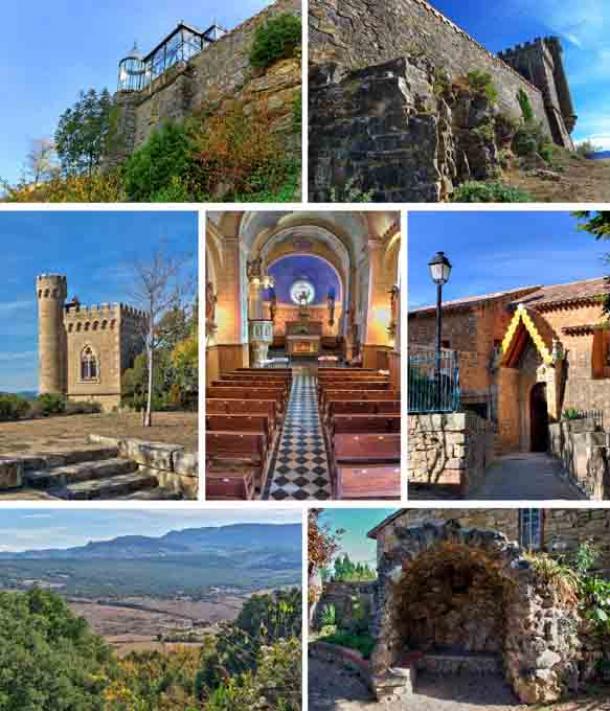
Rennes-le-Château receives tens of thousands of visitors every year thank to a vast array of conspiracy theories related to the Knights Templar, the Priory of Sion, the Holy Grail, Mary Magdalen and more. (Mellow10 / Adobe Stock)
The Silliest Knightly Order in History
There is no doubt for anyone even remotely versed in history, religion, and monastic and knightly orders, that the Priory of Sion story is a through-and-through hoax. Even from his early age, Pierre Plantard had a penchant for con artistry, hoaxes, and mythomania. His involvement in and founding of such societies were on the very edge of insane behavior. Nevertheless, he devoted almost his entire life to fabricating a believable story of an alternate history, one that perhaps even consumed him and confused his sense of reality. Why he did it remains the biggest mystery of it all, and one we may never resolve.
Top image: Member of a secret society. Credit: esthermm / Adobe Stock
References
Abanes, R. 2004. The Truth Behind the Da Vinci Code. Harvest House Publishers.
Howells, R. 2013. Inside the Priory of Sion: Revelations from the World’s Most Secret Society – Guardians of the Bloodline of Jesus. Duncan Baird Publishers.
Prince, C. and Picknett, L. 2004. The Templar Revelation: Secret Guardians of the True Identity of Christ. Simon and Schuster.
Prince, C. and Picknett, L. 2006. The Sion Revelation: The Truth About the Guardians of Christ’s Sacred Bloodline. Simon and Schuster.
Related posts:
Views: 0
 RSS Feed
RSS Feed

















 December 29th, 2020
December 29th, 2020  Awake Goy
Awake Goy  Posted in
Posted in  Tags:
Tags: 
















